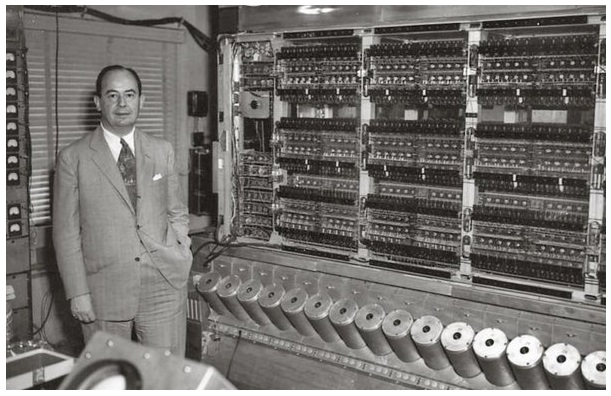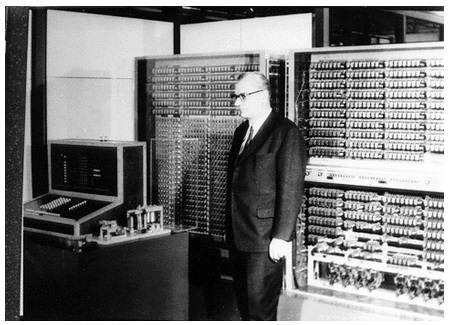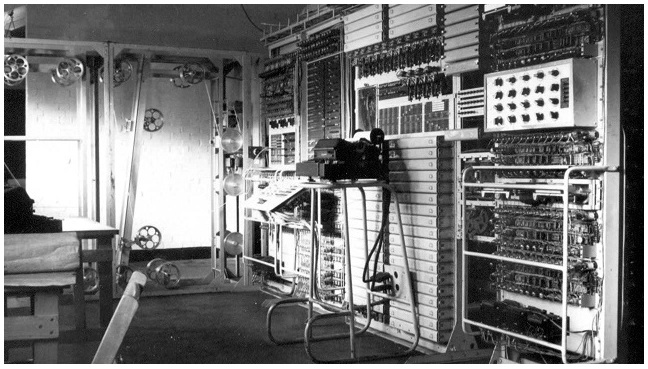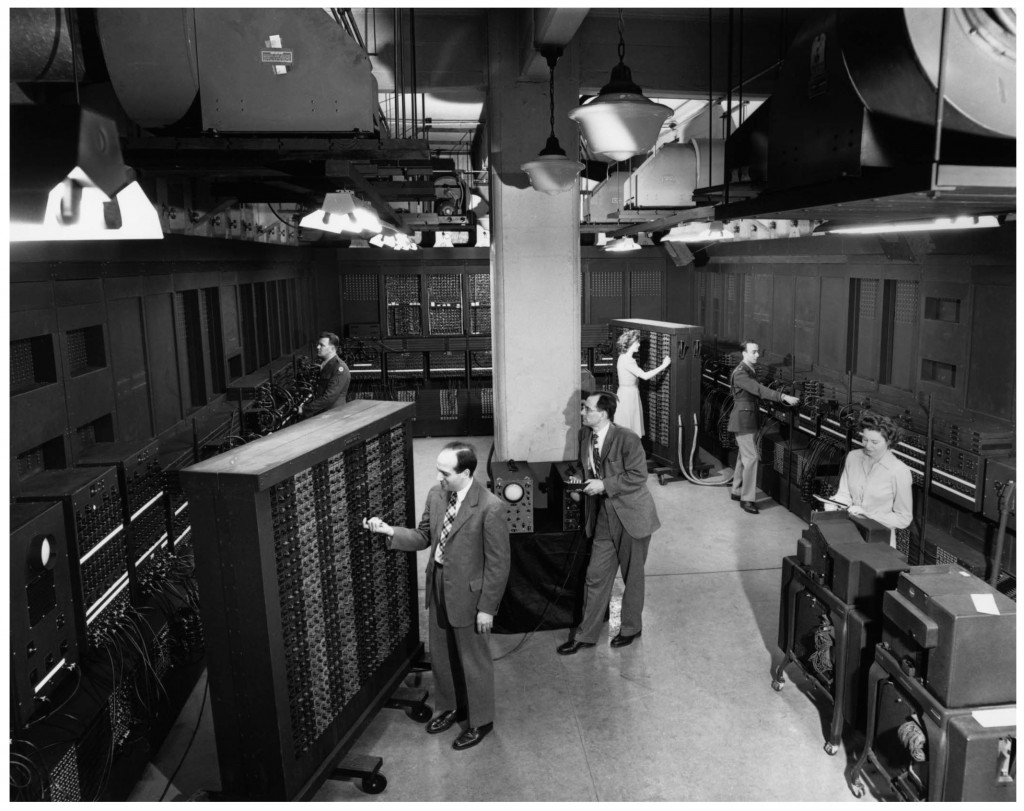Click here: A Brief History of the Computer With Timeline(1614 -1890) .
1900 – In October 1900,the Antikythera mechanism was discovered by sponge divers off Point Glyfada on the Greek island of Antikythera was believed to be the earliest mechanical analog “computer” discovered to calculate astronomical positions .
1928 -1931- However, the first widely practical differential analyser was constructed by Harold Locke Hazen and Vannevar Bush at MIT, comprising six mechanical integrators. According to his 1970 autobiography, Bush was “unaware of Kelvin’s work until after the first differential analyzer was operational.
1935 – 1938 – z1 original named as “V1” for Versuchs Model 1 was the first freely programmable mechanical computer designed by Konrad Zuse and was completely financed from private funds. It used Boolean logic and binary floating point numbers for programming however it was limited and unreliable for operations. It was destroyed in 1943 during World war II in Berlin.
1936 – Alan Turing reformulated Kurt Godel’s universal arithmetic-based formal language with formal and simple hypothetical devices that became known as Turing machines, on which modern computer principals were based and are first described. The machine used to print symbols on paper tape in a manner that emulated a person following a series of logical instructions He also proved that it is not possible to decide algorithmically whether a given Turing machine will ever halt. Turing machines are to this day a central object of study in theory of computation.

1938 – The United States Navy had developed Torpedo Data Computer, an electromechanical analog computer, which used trigonometry to solve the problem of firing a torpedo at a moving target.
1939 – German engineer Konrad Zuse introduced successor of Z1, the Z2 an electromechanical relay computer. He used the same mechanical memory in Z1 but replacing the arithmetic and control logic with electrical relay circuits. Photographs and plans for the Z2 were destroyed by the Allied bombing during World War II.
1941 – Konrad Zuse designed Z3, the world’s first working electromechanical programmable, fully automatic digital computer. It was built with 2000 relays, implementing a 22 bit word length that operated at a clock frequency of about 5–10 Hz. The Program code was supplied on punched film while data could be stored in 64 words of memory supplied from the keyboard.
1942 – John Vincent Atanasoff a professor of physics and mathematics at Iowa State University and his assistant , Clifford E.Berry, designed the first electronic digital computer ‘Atanasoff–Berry computer (ABC). It was first computer to to store information on its main memory and perform 30 equations simultaneously.



1942 – Konrad Zuse begin working on the first commercial computer Z4, successor of Z3, its memory consisted of 32-bit and a program construction unit. The computer was sold to Eduard Stiefel, a mathematician of the Swiss Federal Institute of Technology Zurich in 1950.
1943 – Designed by Tommy Flowers, Colossus was the world’s first electronic digital programmable computer. It was capable to performing variety of boolean logical operations using paper-tape inputs and large number of valves (vacuum tubes). It was created to encrypted german messages for british code breakers.
1943-1944: Two University of Pennsylvania professors, John Mauchly and J. Presper Eckert, build the first general purpose electronic digital computer ‘Electronic Numerical Integrator and Calculator (ENIAC)’. Considered the grandfather of digital computers, it fills a 20-foot by 40-foot room and has 18,000 vacuum tubes.



1945 – Alan Turing joined the National Physical Laboratory and began work on developing an electronic stored-program digital computer ‘Automatic Computing Engine (ACE)’.
1946 – ENIAC (Electronic Numerical Integrator And Computer) was the first electronic general-purpose computer designed by John Mauchly and J. Presper Eckert at the University of Pennsylvania, U.S , led by Major General Gladeon M. Barnes and financed by the United States Army, Ordnance Corps, Research and Development Command in secret under the codename “Project PX.” It was similar to the Colossus but was much faster and more flexible. The machine was huge, weighing 30 tons, using 200 kilowatts of electric power and contained over 18,000 vacuum tubes, 1,500 relays, and hundreds of thousands of resistors, capacitors, and inductors. ENIAC’s development and construction lasted from 1943 to full operation at the end of 1945 and was used between 1946 to 1955.



A controversy developed in 1971, over the patentability of ENIAC‘s basic digital concepts.Atanasoff claimed that he had already used the same ideas in a simpler vacuum – tube device he had built in the 1930’s while at Iowa State College.On October 19, 1973, the US Federal Judge Earl R. Larson signed his decision that the ENIAC patent by J. Presper Eckert and John Mauchly was invalid and named Atanasoff the inventor of the electronic digital computer. Although the Judge ruled that the ABC computer was the first digital computer, many still consider the ENIAC to be the first digital computer because it was fully functional.
1946 – J. Presper Eckert and John Mauchly left Moore School of Electrical Engineering, University of Pennsylvania and receive funding from the National Bureau of Standards to build the UNIVAC (UNIVersal Automatic Computer), the first commercial computer for business and government applications.
Continue reading >> Computer History With Timeline(1947 – 1968)
Expand on the information in every year